THE WEAPONS' REPUTATION
An Investigation into the
Geopolitics of Arms Trade
– Thesis book
The book questions the integrity of the arms trade as a legal transfer of weapons among countries.
The Arms Trade Treaty prohibits the sale of arms to nations involved in a civil war and in which the
equipment risks to be used against civilians or diverted. Although every conventional weapon is
produced and sold with a license, there is an enormous lack of responsibility among the people
involved in the defence industry, often exchanged in favour of political consensus and economic
partnerships: despite its dangerousness, the arms trade is not a commerce enough tracked. It is from
the debris of weapons that survived to the impact with their target that it is possible to
investigate not only who “pulled the trigger” but also who designed, produced, acquired and
transferred it. As a case study, the Yemeni crisis is narrated through the perspective of three arms
used in the conflict: by tracing their route, from the countries of origin to the end-users, it is
possible to outline the dynamics of warfare, and which nations have a political and economic
interest to feed it.

The research thesis investigates conventional weapons through their military, economic, and political aspects. Arms manufacturers are deeply rooted in the local industry: for the number of employees, or the products, parts, and technology developed as Research and Development and then flown into the Defence sector. Weapons are relevant economic goods used both as political tools to tie alliances and to bolster the reputation of states among other countries. To what degree is the business of arms trade influencing foreign relations and subsequently fuelling conflicts? And how can the role of weapons be highlighted in current events? As a case study, the conflict in Yemen has been documented through the perspective of three weapons: by tracing their route, from the countries of origin to the end-users, it is possible to outline the dynamics of warfare, and which nations have a political and economic interest to feed it.
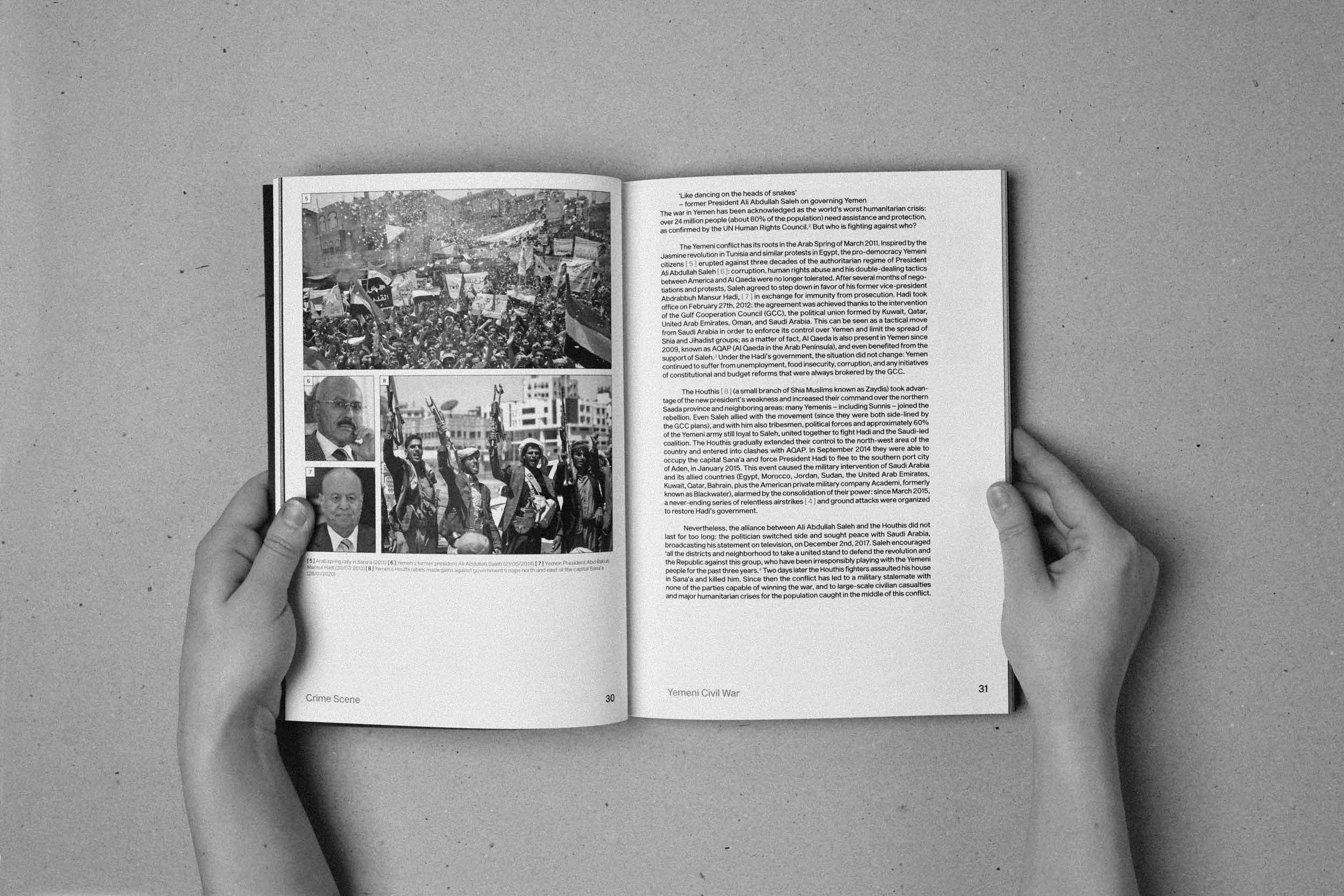
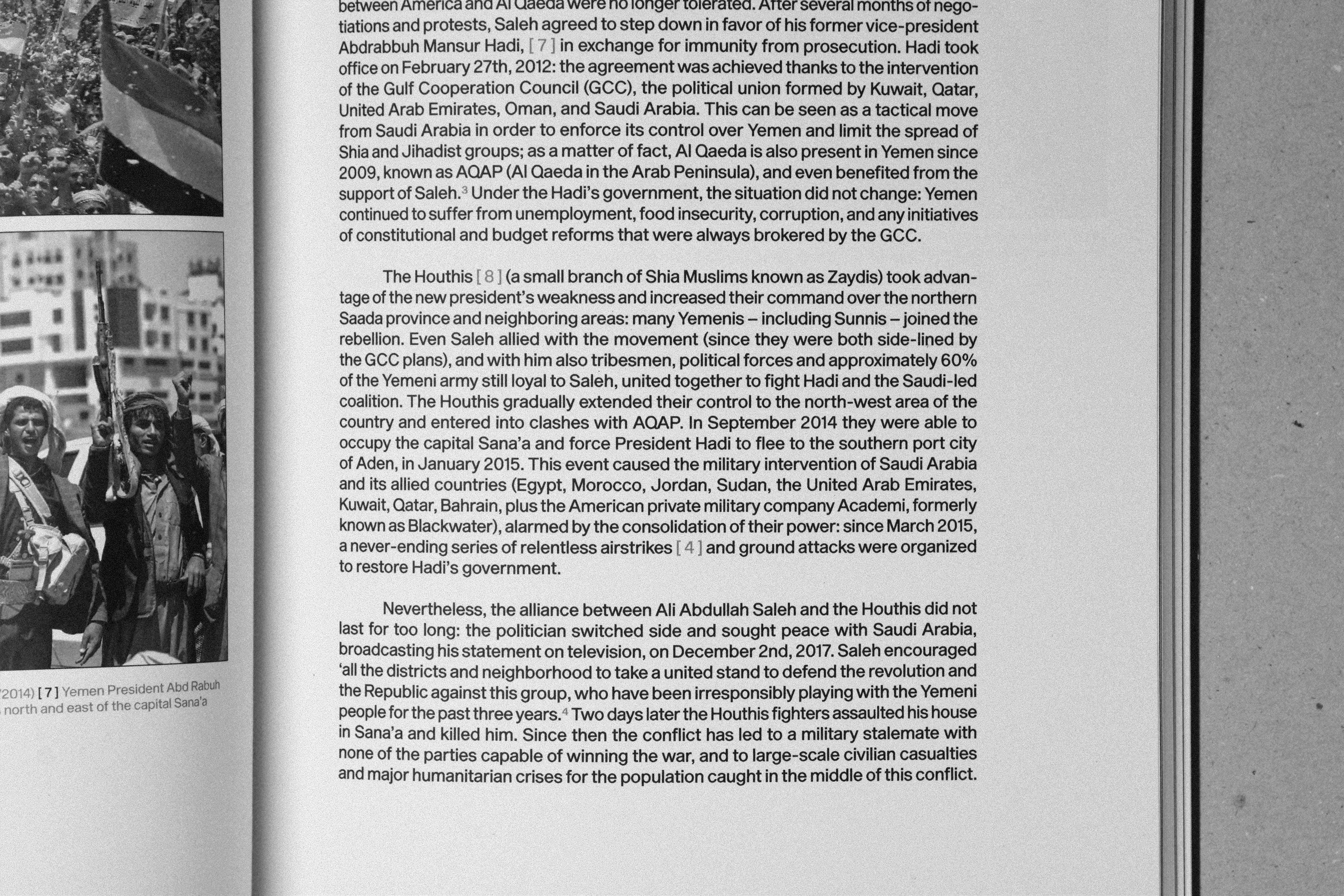
The Yemeni Civil War (2015-present)
Defined as one of the many proxy wars between Saudi Arabia and Iran, the conflict sees the two
countries militarily involved in a local clash between the Shia group Houthis and the local Sunni
government. Five years of war led to the worst humanitarian crisis in the world worsened even by the
Covid-19 epidemic. Despite the many allegations of violating humanitarian law and an arms embargo
imposed in April 2015, thousands of weapons continue to be delivered yearly to the suppliers of the
two belligerents.
The research took in exam only the forces of the Houthis and the Yemeni national army, guided by
president Abdrabbuh Mansur Hadi (positioned by the Gulf Cooperation Council). But a third actor
plays an important role: Al Qaeda is present in Yemen since 2009, known as AQAP (Al Qaeda in the
Arab Peninsula). Saudi Arabia pressures its control over Yemen (and the Middle East) to limit the
spread of Shia and Jihadist groups.
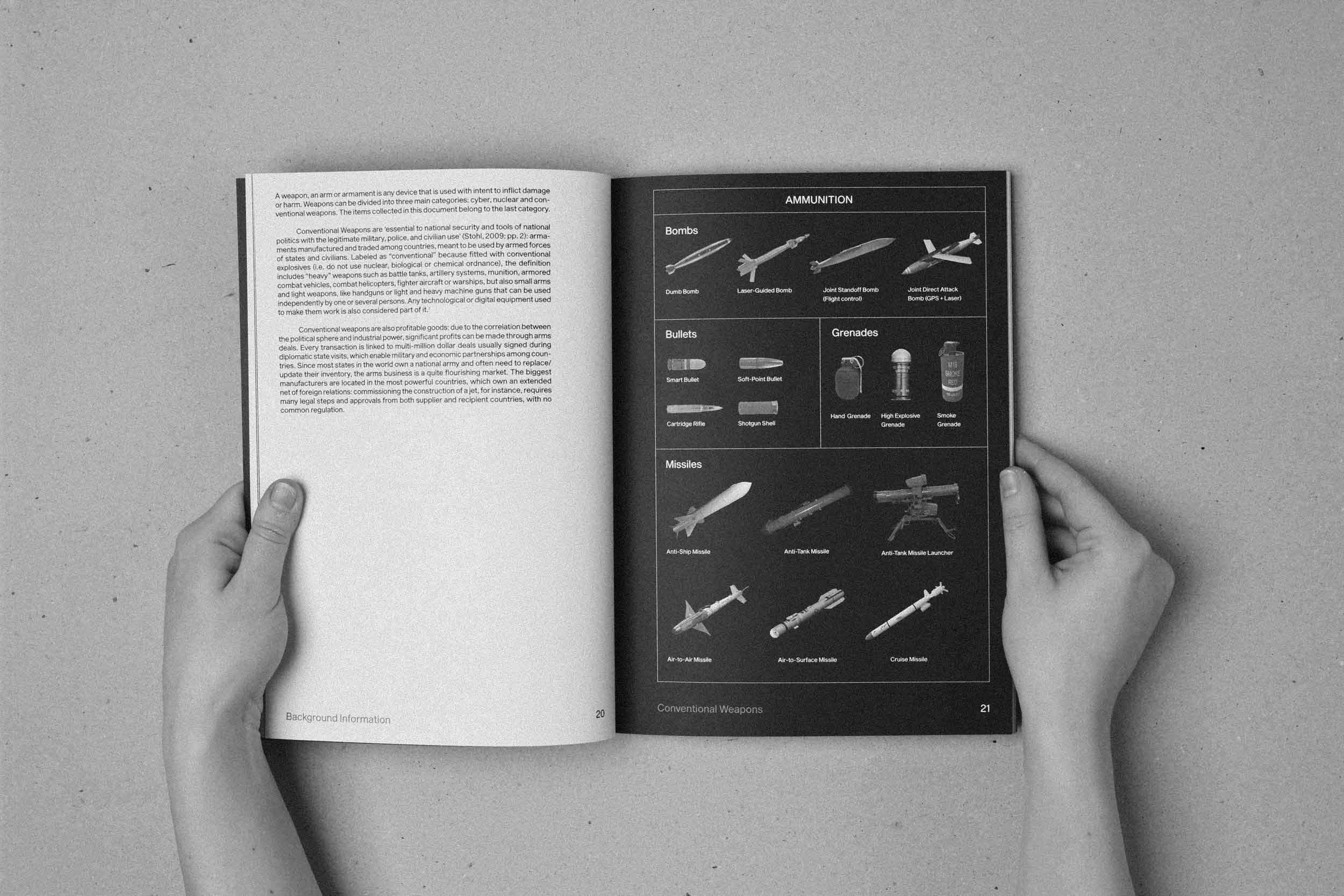
Even if war context in the Middle East could be perceived as distant from a European perspective, it
is, in fact, much closer than we imagine, due to the globalised world of Arms Trade: the question is
then not who takes part in a conflict, but who can affirm to not have any connection with it. In the
form of an investigation, this research enquires into who currently controls which arms and
consequently influences international political and economic alliances. The thesis examines the
countries linked to the Yemeni crisis through the type of weaponry employed, the real tangible
evidence of any direct (or non-direct)
participation of a nation in a specific conflict. Starting from their design, through to the
manufacturing process, to their military use and misuse, this is an attempt to visualise
the hidden relationships among the countries in terms of money flow, companies,
service infrastructure, deals, and banks involved.
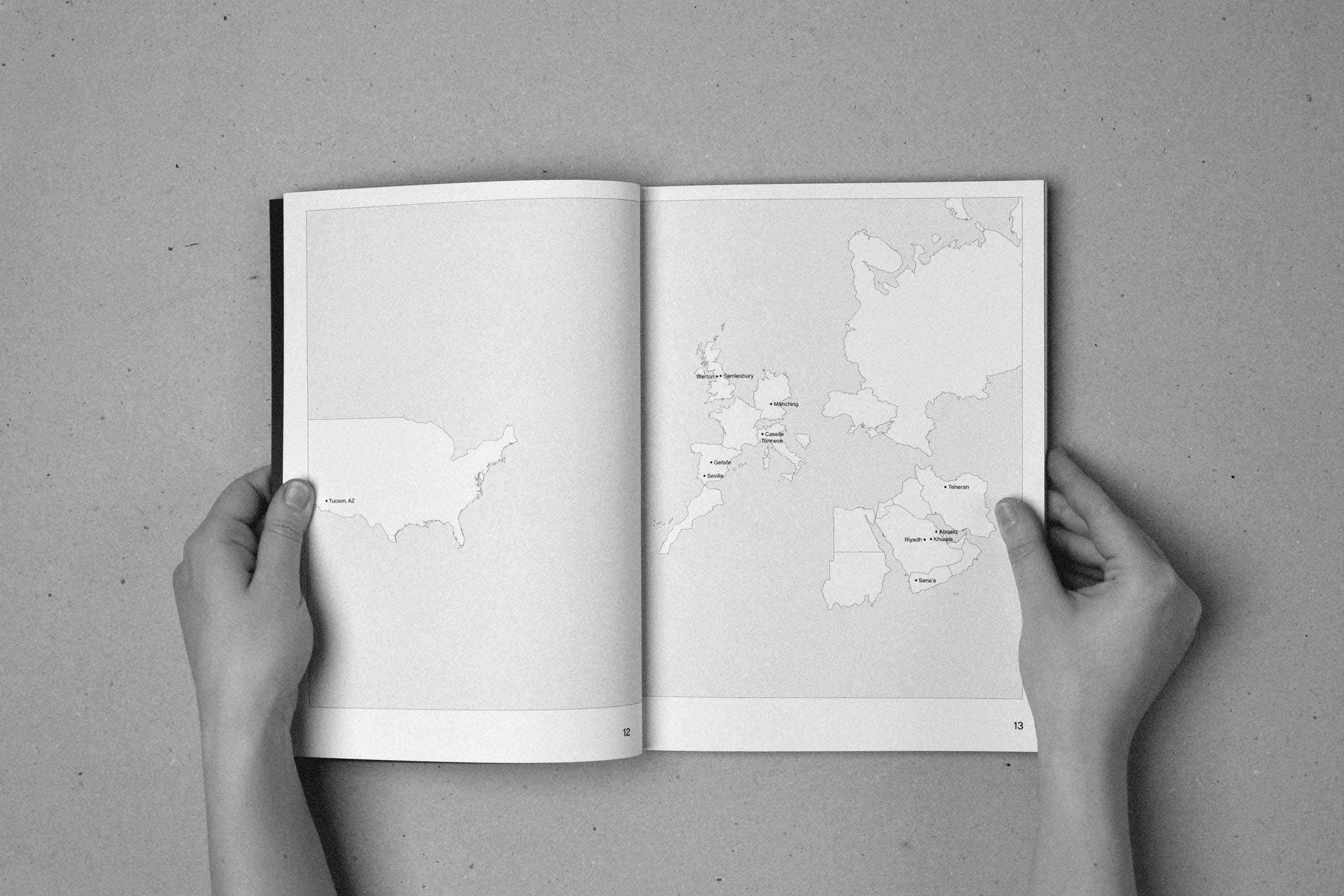
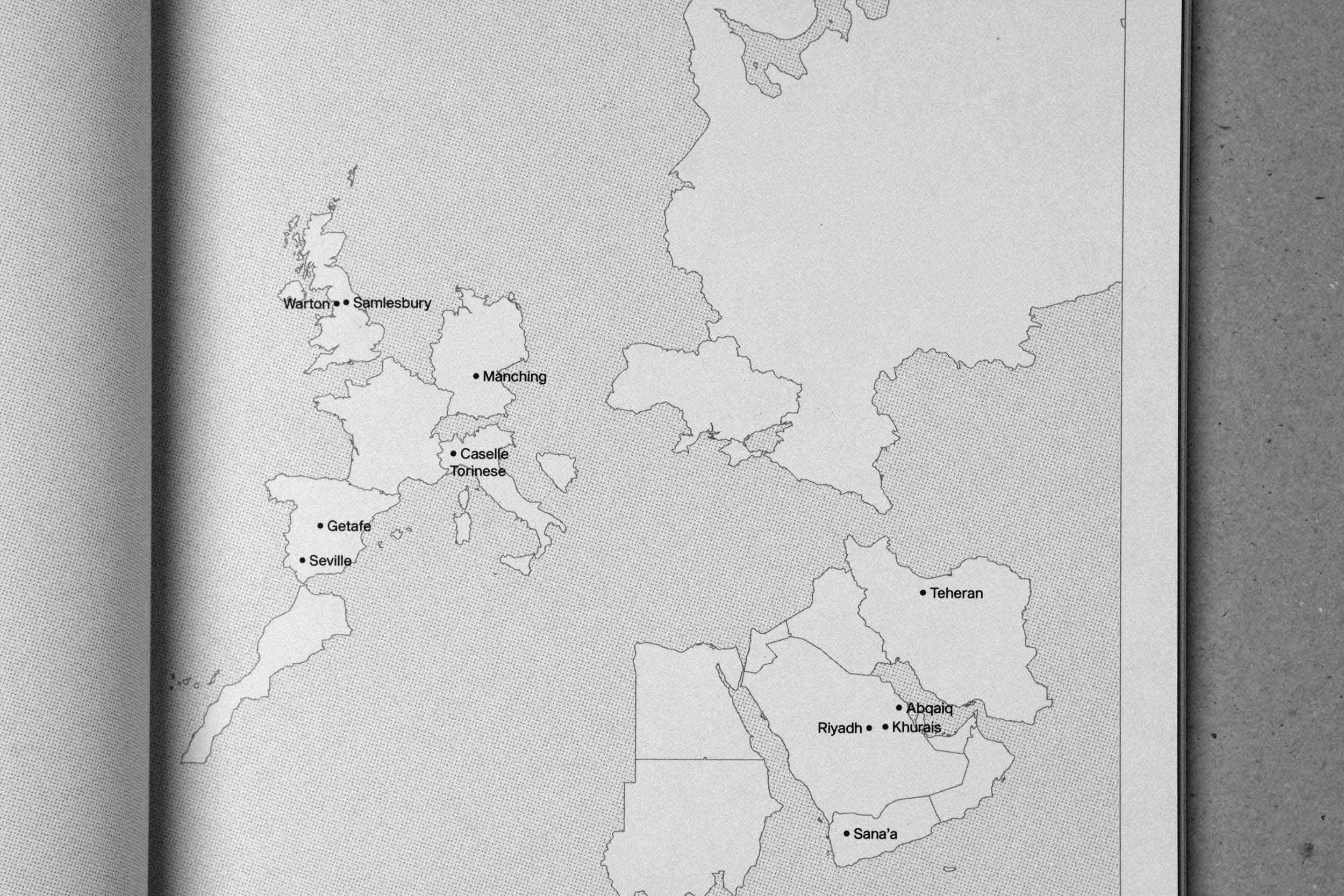
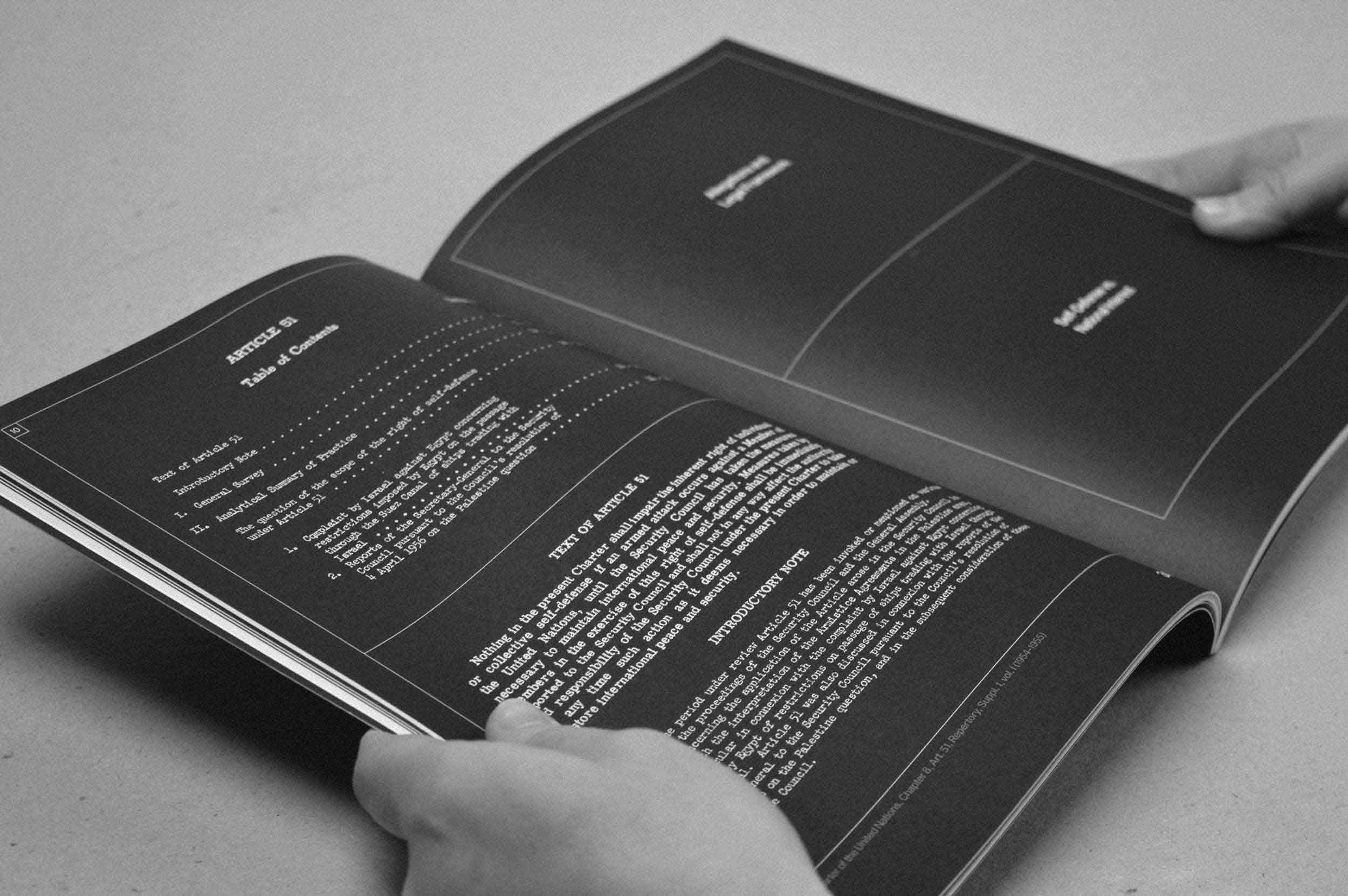
The Ethics of Arms Trade hides behind the common right of self-defence, as stated in Chapter VII of
the United Nations Charter Article 51: ‘Nothing in the present Charter shall impair the inherent
right of collective or individual self-defence if an armed attack occurs against a member of the
United Nations until the Security Council has taken the measures necessary to maintain international
peace and security’ (UN Security Council, 2018: pp. 112). The Article provides an exception to the
prohibition of the use of force as stipulated in Article 2 of the Charter. The right of individual
or collective self-defence can be exercised in the event of an “armed attack” against a Member of
the United Nations. States have to immediately report to the Council the measures taken and
discontinue them as soon as the latter itself has taken the necessary measures for the maintenance
of international peace.
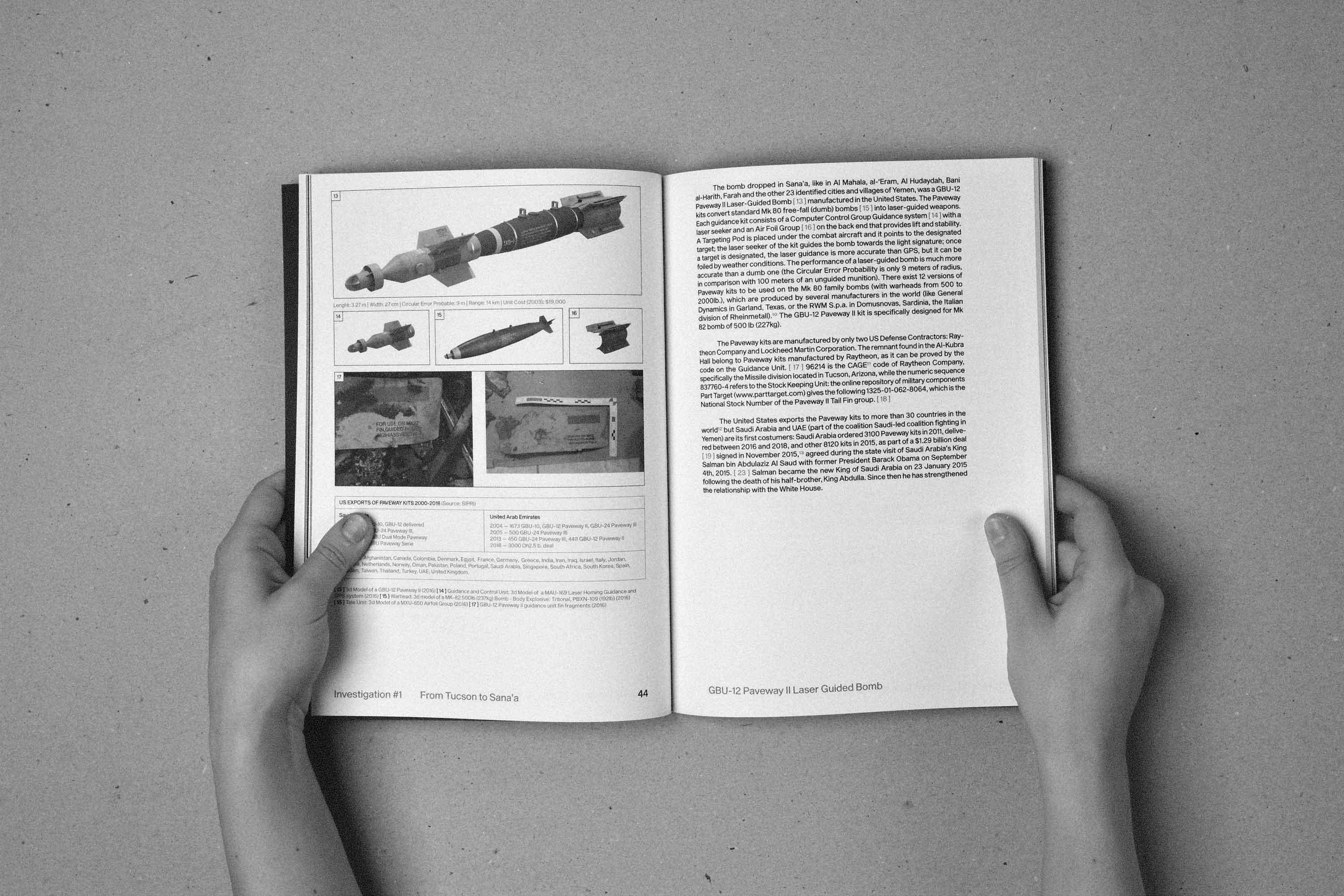
GBU Paveway Laser Guided Bomb (LGB)
The Paveway kits convert Mk 80 free-fall "dumb" bombs into precision-guided munitions. Each guidance
kit
consists of a Computer Control Group Guidance system with a laser seeker and an Air Foil Group on
the
back end that provides lift and stability. A Targeting Pod is placed under the combat aircraft and
it
points to the designated target; the laser seeker of the kit guides the bomb towards the light
signature; once a target is designated, the laser guidance is more accurate than GPS, but it can be
foiled by weather conditions.
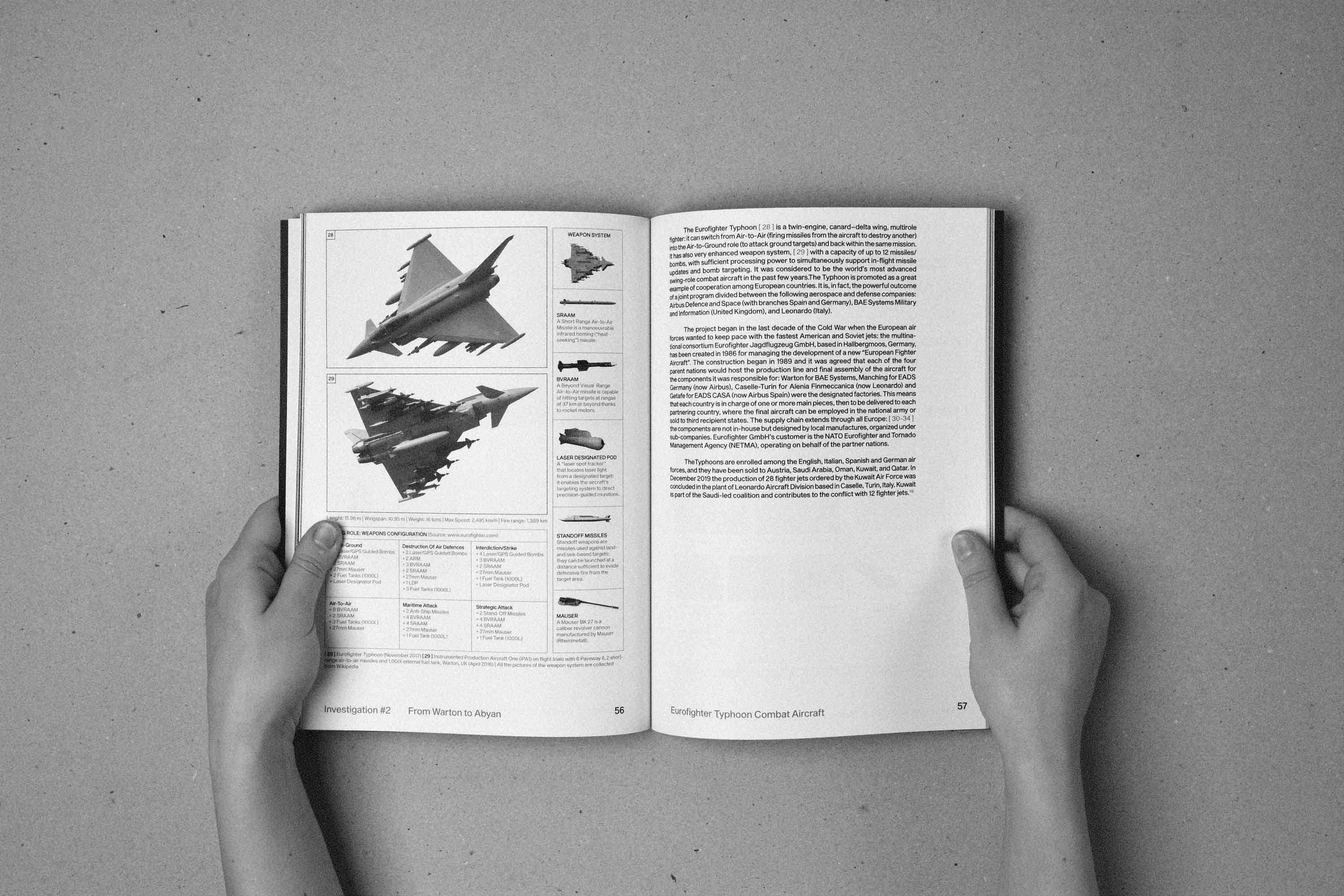
Eurofighter Typhoon Multirole Combat Aircraft
The Eurofighter Typhoon is the world's most modern swing-role fighter. It can carry up to six bombs
and six missiles, a cannon and a targeting pod, with sufficient processing power to simultaneously
support missile in-flight updates and bomb in-flight targeting. Combining a proven, agile airframe
built from stealth materials with the latest sensor, control and weapons systems delivers optimum
combat capability – both beyond visual range (BVR) and in close combat. Eurofighter Typhoon is built
on a consortium of 4 European nations: United Kingdom, Germany, Italy and Spain, and their leading
aerospace and defence companies. While Eurofighter Jagdflugzeug GmbH coordinates the programme on
Industry side, the NATO Eurofighter and Tornado Management Agency (NETMA) acts as the single point
of contact for customers and governments. Each partner company assembles its own national air force,
but builds the same parts for all aircraft (including exports).
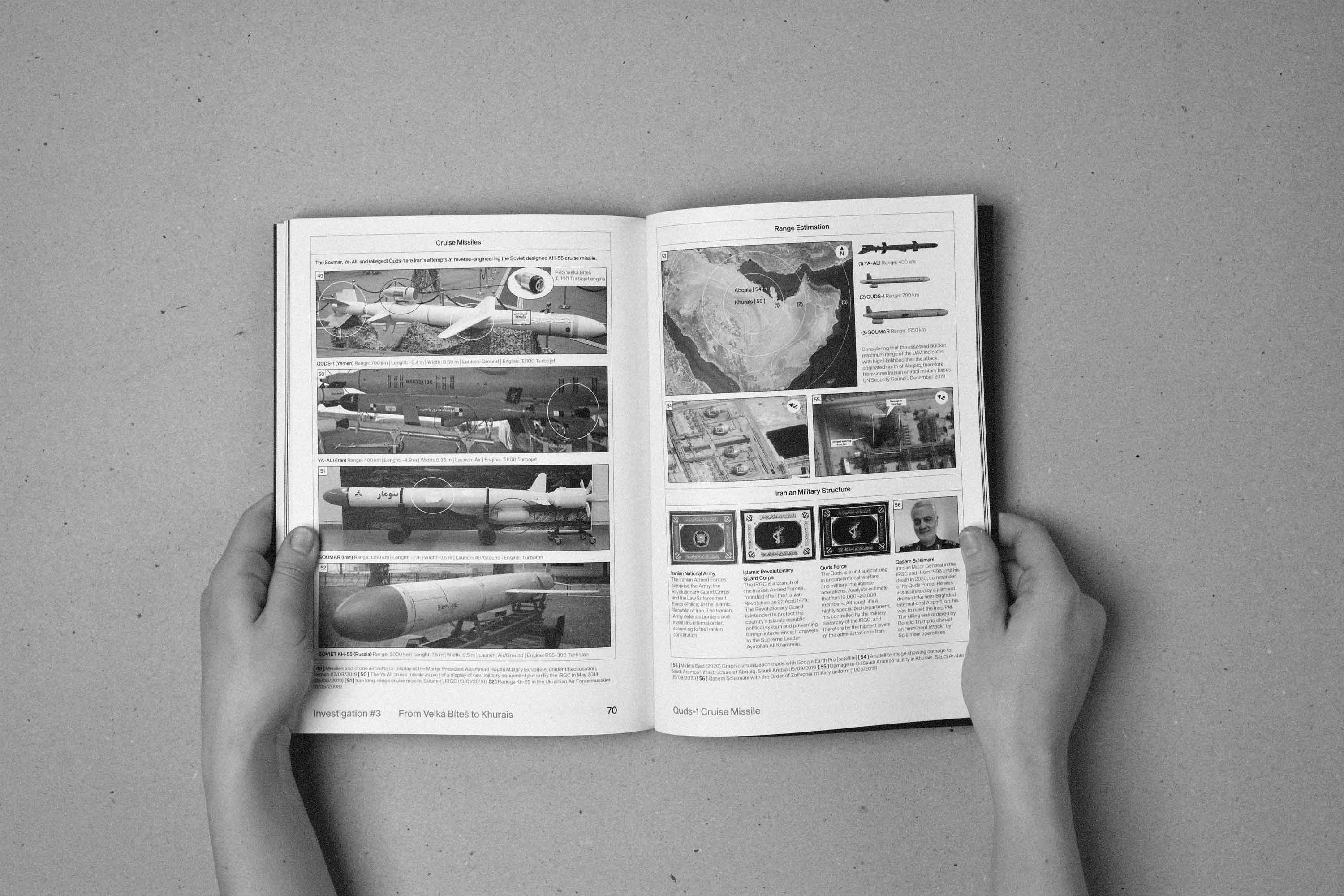
Quds-1 Cruise Missile
The Quds-1 is a guided missile that remains in the atmosphere and flies the major portion of its
flight path at approximately constant speed. According to experts, the Quds-1 could be a copy of the
Iranian Soumar missile or the Russian KH-55. The Soumar is Iran’s attempt at reverse-engineering the
Soviet-designed KH-55 cruise missile, several of which the country illegally imported between 1999
and 2000 from Russia. Differences between the Quds-1 and the Soumar include the size (much smaller),
the wing position, the shape of the nose cone and the fuselage, the position of the stabilizers and
its shorter range, due to having less room aboard for fuel, and due to being a ground-launched
rather than an air-launched cruise missile.

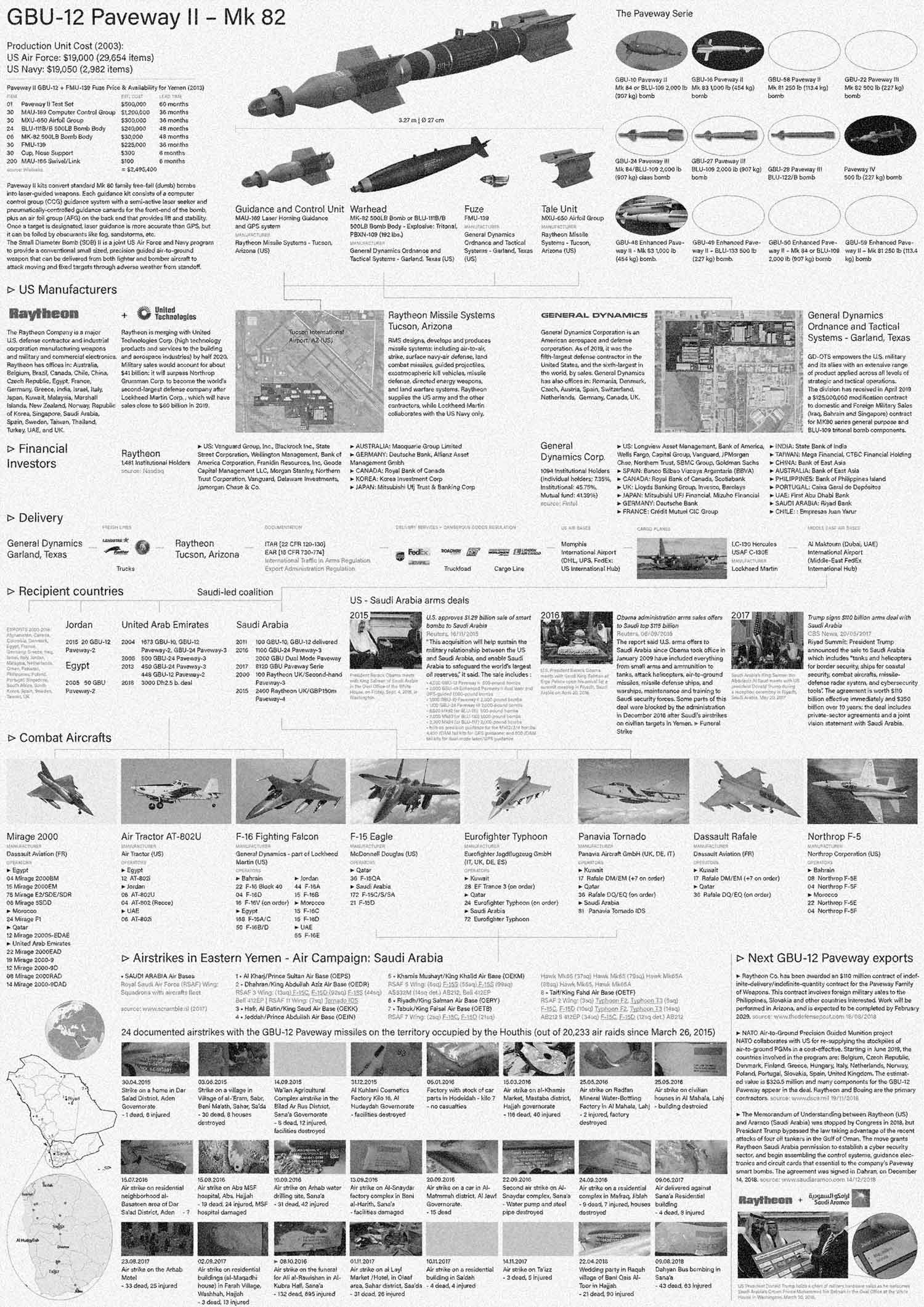
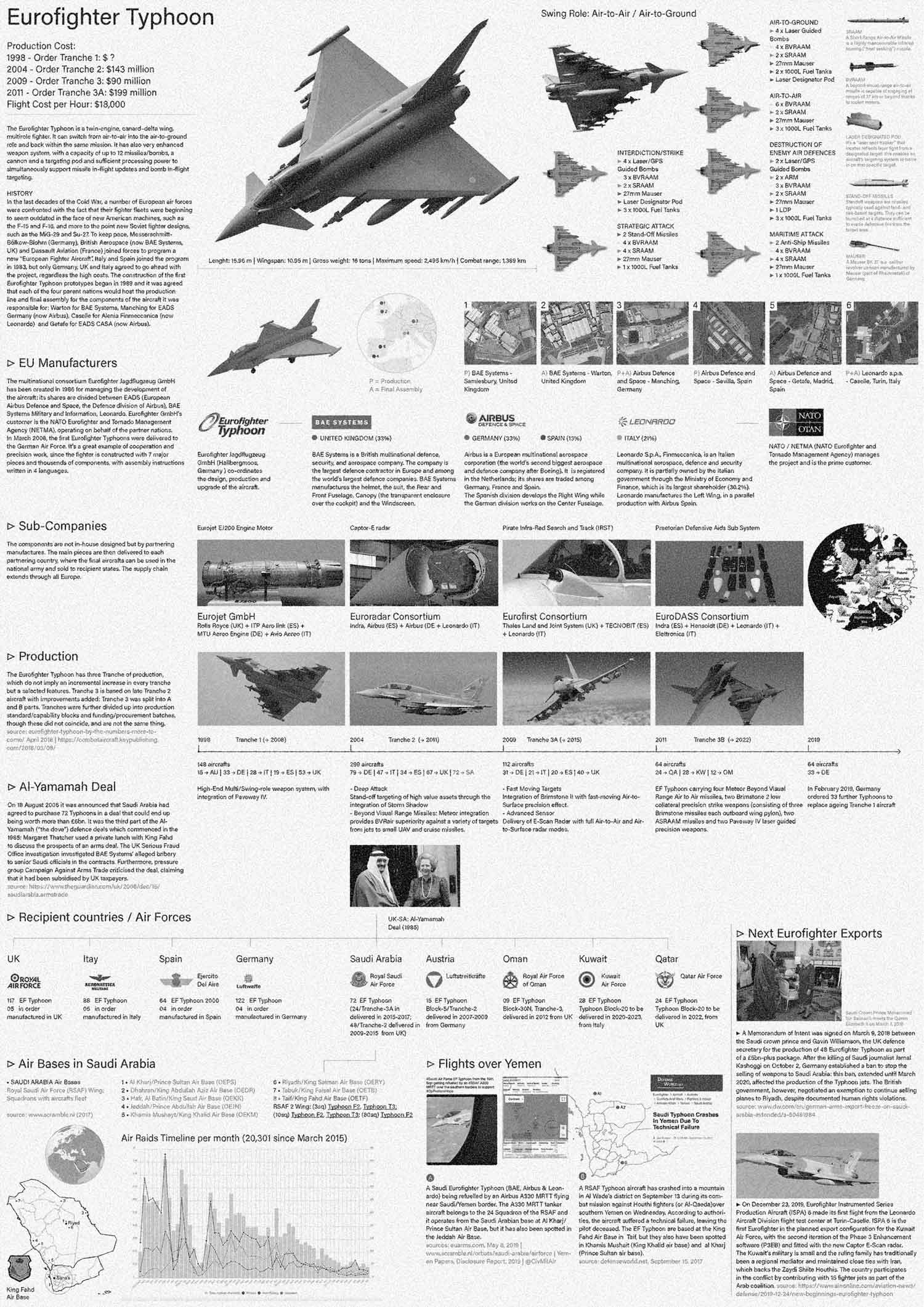
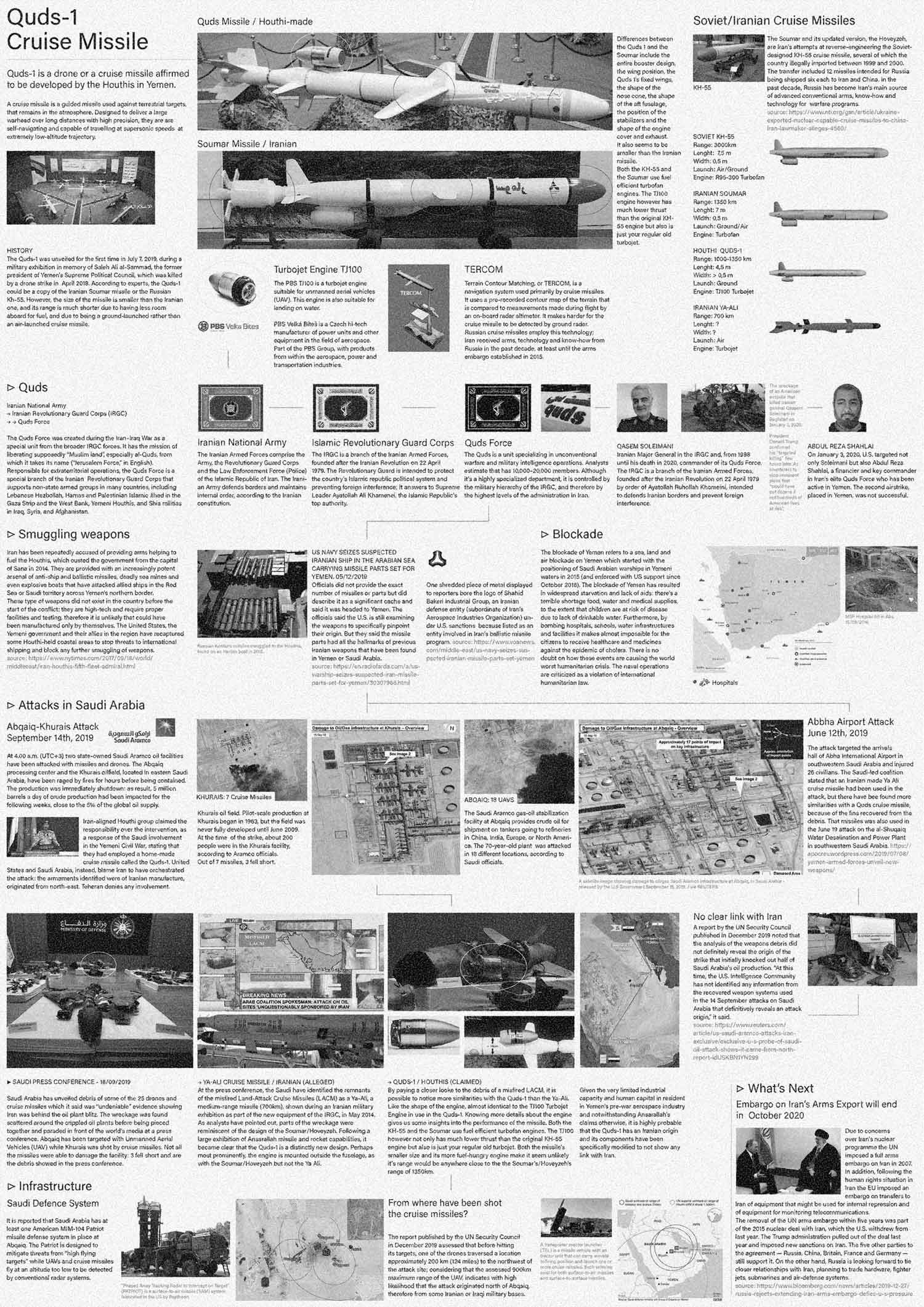
Graduation project
Master in Information Design, Design Academy Eindhoven
Exhibition and Publication
October 17th, 2020